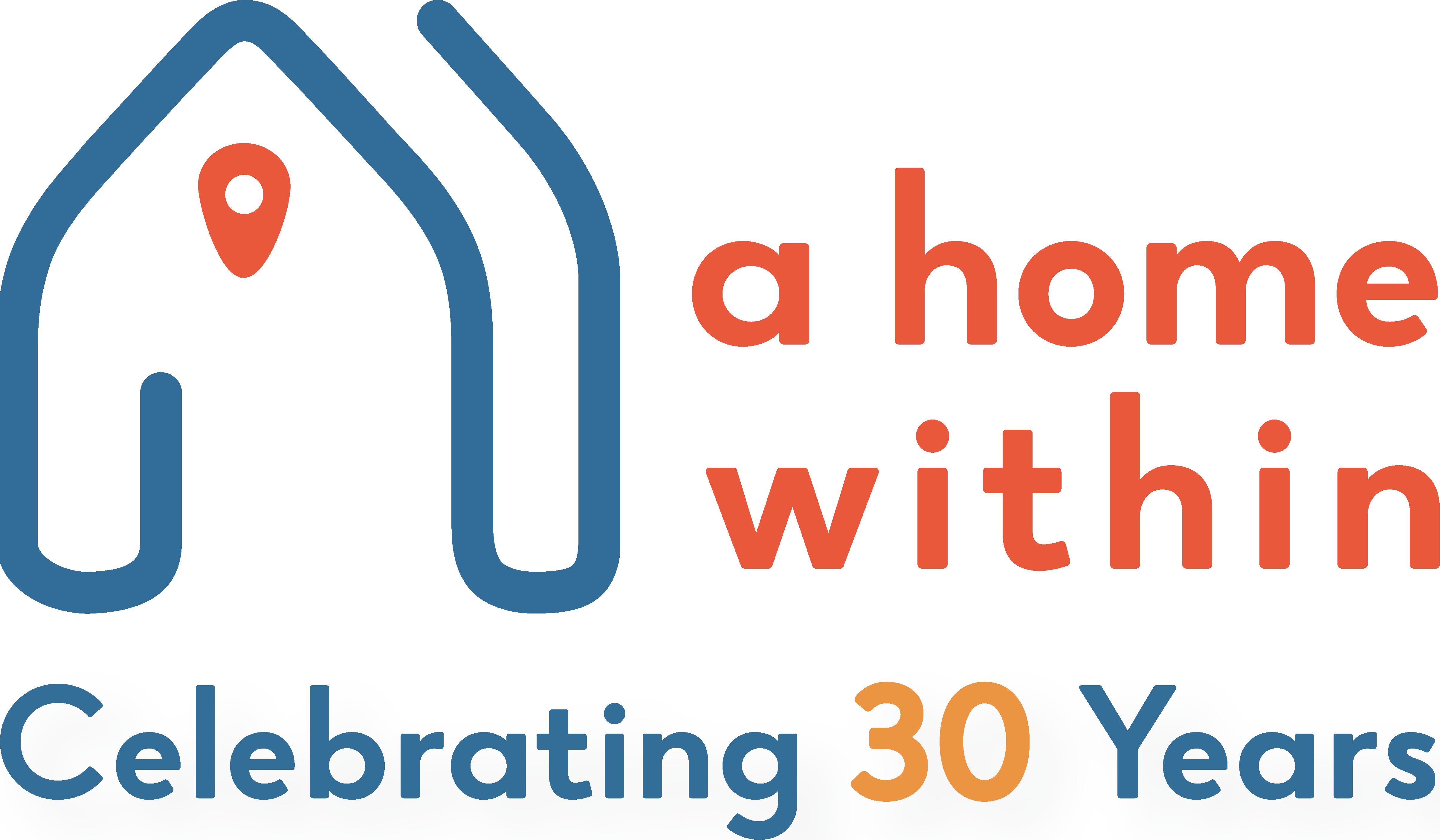Information Hub / BlogLet’s Make Make Pride Month Last All Year
Being a kid can be hard. Being a foster kid can be even harder. Being an LGBTQ foster kid can sometimes be so hard that kids end up on the streets instead of protected by the agency that is responsible for their care. The child welfare system is charged—first and foremost—with providing for the physical safety of children whose parents are unable to care for them. This means that they need a roof over their heads and food in their bellies. Those are the basics; the rest follows.
 Sadly, when the system is unable to meet even these basic needs vulnerable young people have little choice other than to join the ranks of the homeless and learn to fend for themselves on the streets. Unfortunately, those who work in and around the foster care system are seldom surprised to learn that LBGTQ youth are over represented in the homeless population and are likely to be on the streets longer than their peers. They are also likely to have more serious physical and emotional health problems. True Colors Fund Study
Sadly, when the system is unable to meet even these basic needs vulnerable young people have little choice other than to join the ranks of the homeless and learn to fend for themselves on the streets. Unfortunately, those who work in and around the foster care system are seldom surprised to learn that LBGTQ youth are over represented in the homeless population and are likely to be on the streets longer than their peers. They are also likely to have more serious physical and emotional health problems. True Colors Fund Study
Of course, a tragic story accompanies all homeless young people—regardless of race, religion, gender, or sexual orientation. Trauma doesn’t discriminate, but the lives of homeless LBGTQ youth often have a particular poignancy. Frequently, they have suffered quietly in their families and communities, struggling to come to terms with feeling different from those around them who so easily fit into the straight world. Despite decreases in homophobia in some communities, fear, distrust, and dislike of anyone who is not straight or whose gender brings into question the validity of a world that admits of only two genders remains rampant in many quarters of this country.
When these young people do eventually find the courage to tell family and friends about the ways in which their sexual orientation or gender expression sets them apart, too often their families feel threatened, turn against them, and send them into foster care or onto the street. Regrettably, for many, foster care is merely a detour on the way to homelessness—a space where homophobia and lack of appreciation for gender non-conformity continue to a much greater degree than they should.
Although the picture is grim and young people continue to suffer while harmful attitudes and behavior toward those who are different from the norm change far too slowly, there are some bright spots in and around the foster care system. Through the Center for the Study of Social Policy, the Get R.E.A.L. campaign www.cssp.org has brought together over eighty individuals, organizations, and government agencies to address the issues facing LGBTQ foster youth. The group has created powerful materials to help caseworkers, foster parents, other staff, and volunteers recognize both blatant and subtle forms of mistreatment of the LGBTQ community. On another front, RaiseAChild actively recruits and supports gay and lesbian couples through the foster and adoption process.
We need more efforts like these so that our gay and transgender family members and friends will feel loved, and respected throughout the year. They must be honored, not just during the days of PRIDE month, but every day of every year.
By Toni Heineman
